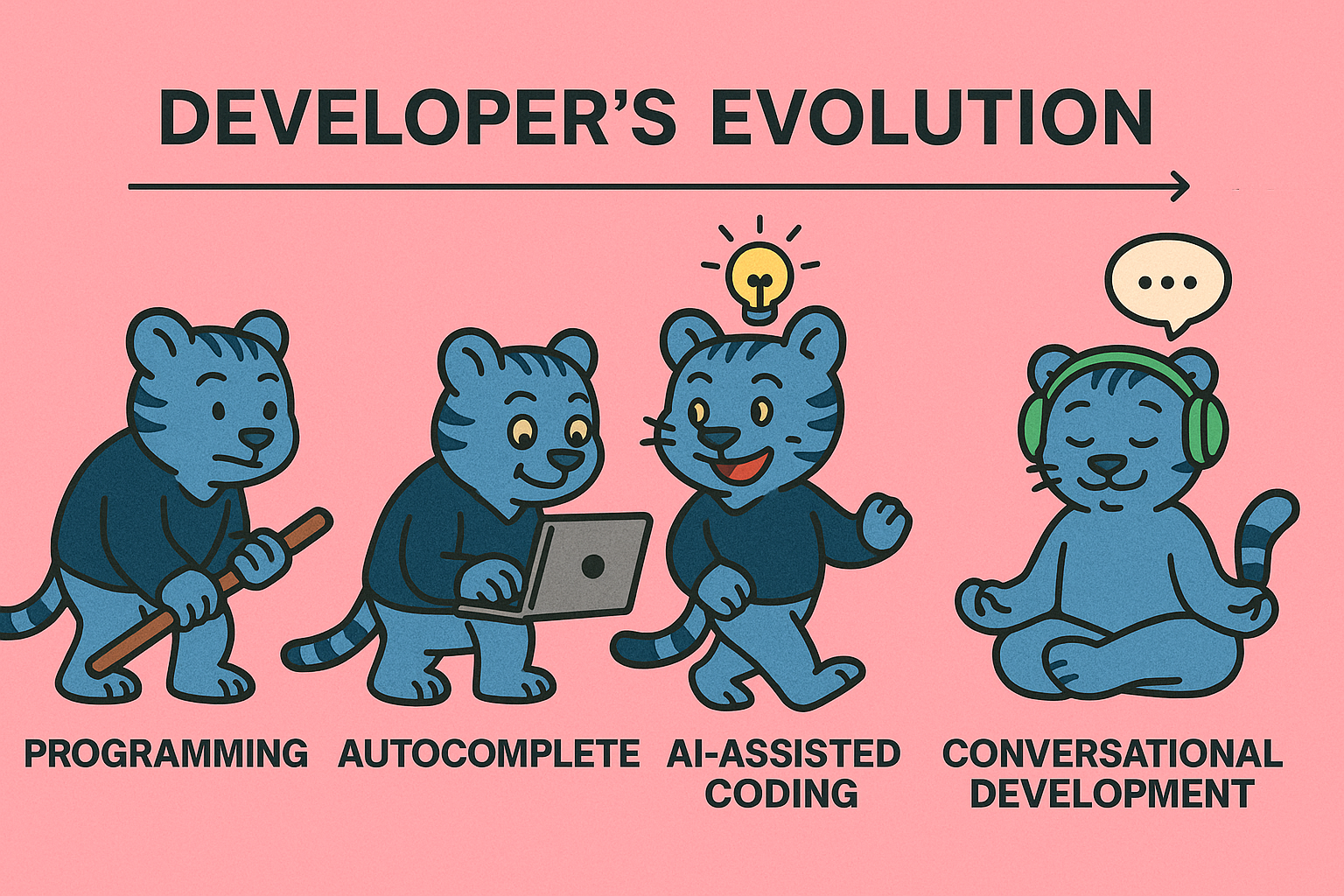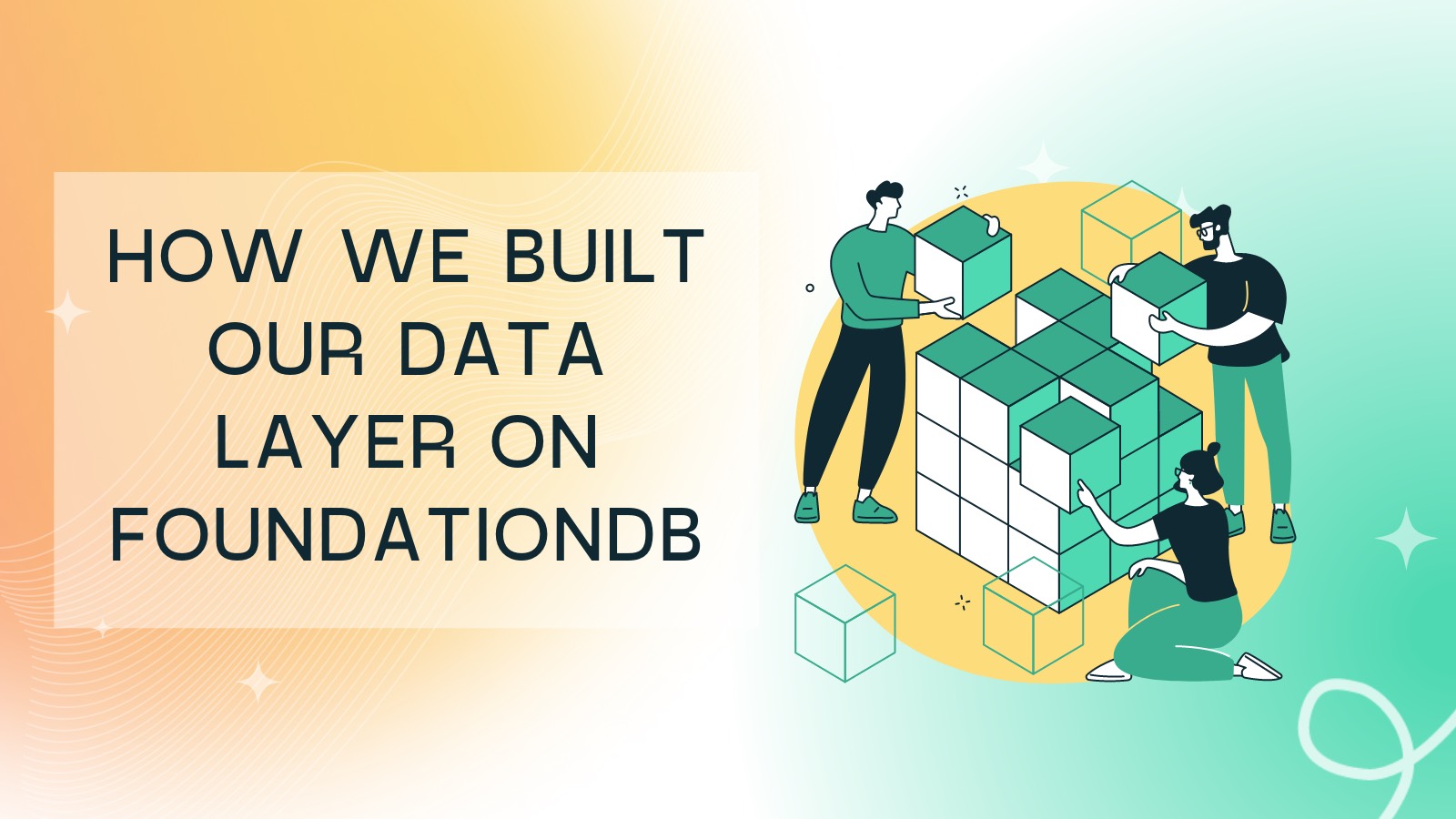 Generative Software Development: From Coding to Conversing
Generative Software Development: From Coding to Conversing
How AI is transforming software development from autocomplete to autonomous agents, and what this means for the future of coding.
7 min read



